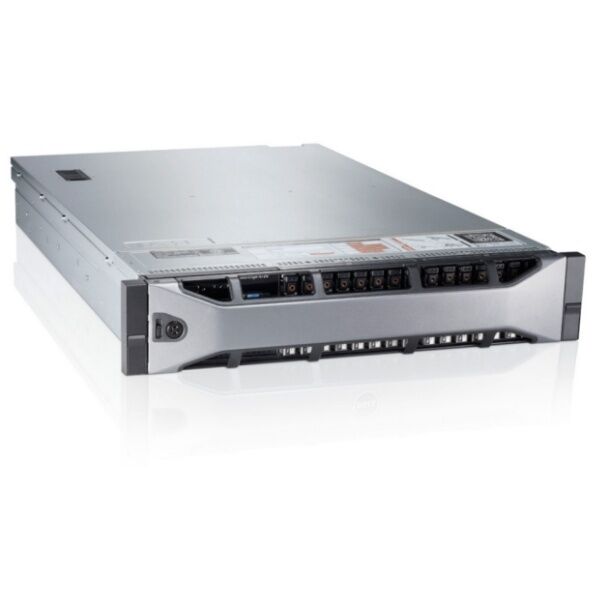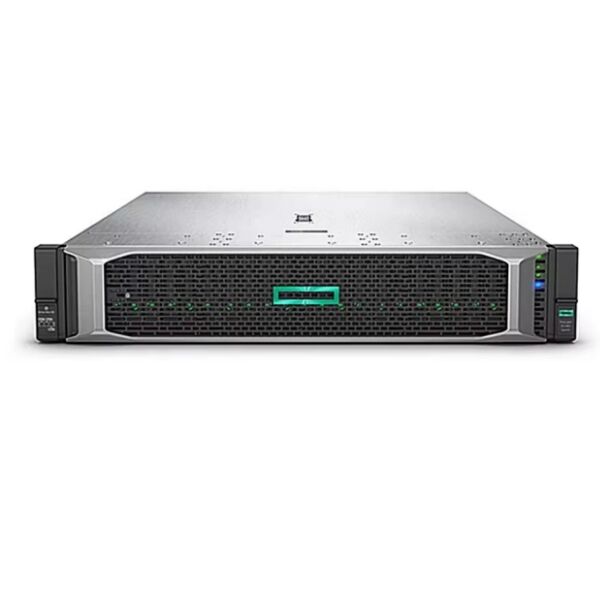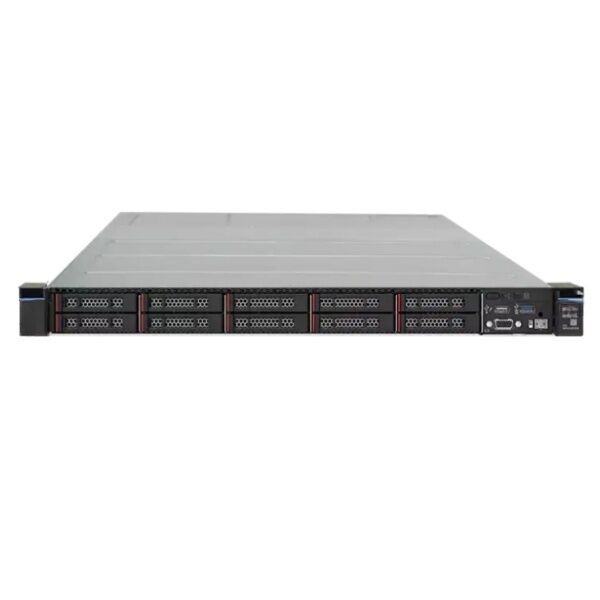terminal server
A terminal server is a specialized hardware or software solution that enables multiple users to connect to a network or host system simultaneously through various terminal devices. Acting as a centralized connection point, it manages and distributes network resources efficiently, allowing organizations to maximize their IT infrastructure investments. Terminal servers facilitate remote access to applications, data, and computing resources while maintaining security protocols and ensuring stable connections. These servers support various communication protocols and can handle different types of terminal devices, from traditional computer terminals to modern thin clients. They excel in providing seamless connectivity between users and network resources, implementing access control measures, and monitoring system usage. Modern terminal servers often incorporate advanced features such as load balancing, session management, and encryption capabilities to enhance performance and security. Their versatility makes them invaluable in diverse environments, from corporate networks to educational institutions, where multiple users need concurrent access to centralized resources.


